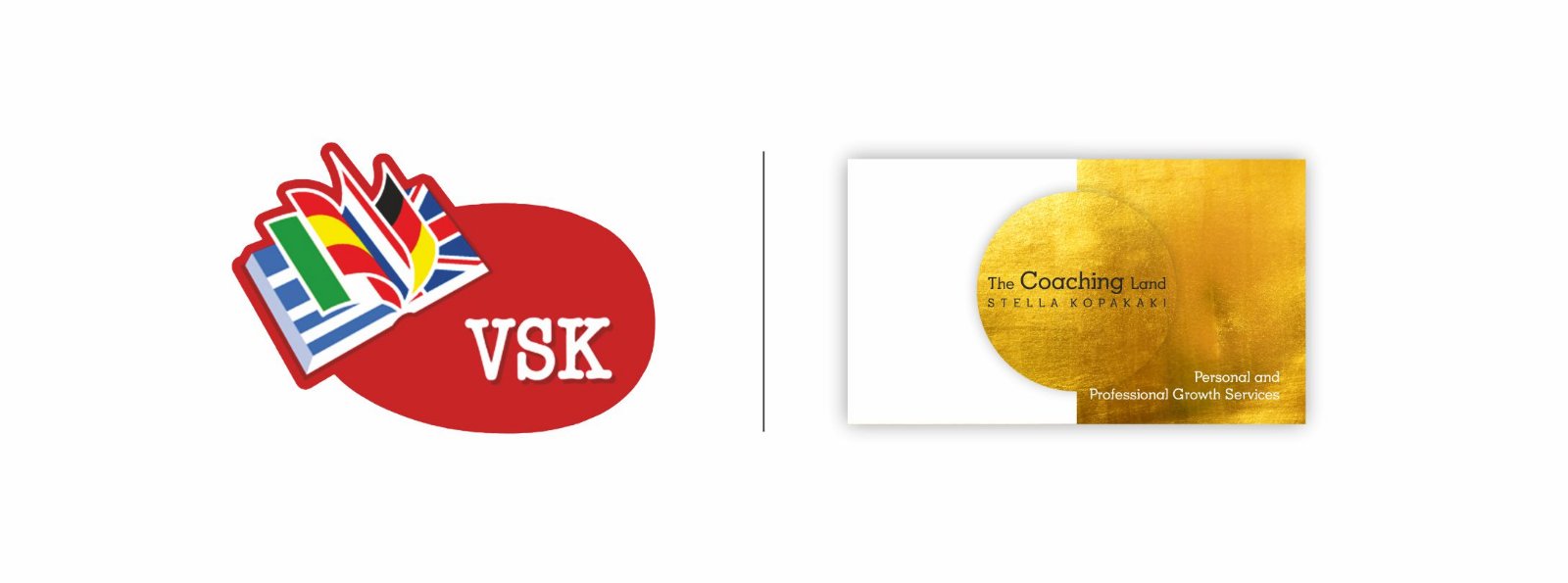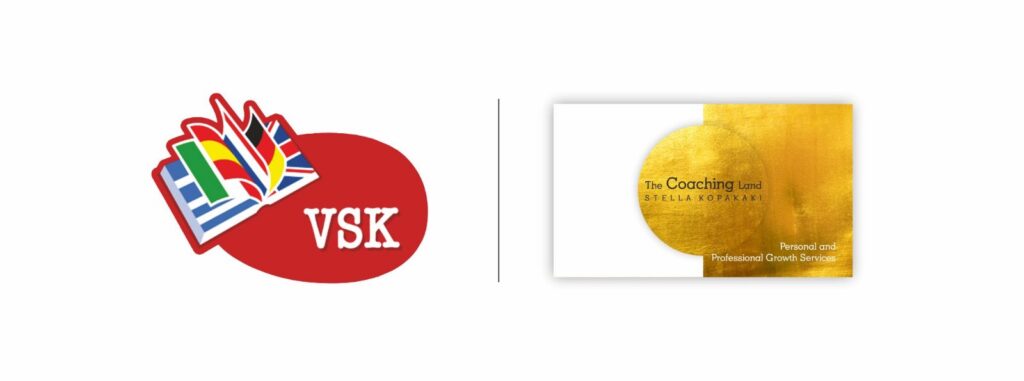“Nurturing creative minds and better livers of life” could not leave out teaching grammar effectively seen both as a science and an art. While grammar provides the structure for clear communication, the way it is taught can greatly influence how students assimilate its rules. Adopting interactive and student-centered approaches fosters deep understanding and long-term retention. By incorporating movement, peer collaboration, storytelling, drama and mindfulness into grammar instruction, we transform our classrooms into spaces of discovery and creativity. This article suggests some of our strategies to help all-age-group-learners master grammar in meaningful ways.
Creating a Dynamic Learning Environment
Flipped Classroom Sessions involve reversing the traditional learning model by having students engaged with grammar concepts outside the classroom – through videos, readings or interactive exercises – before attending class. This approach allows in-class time to be dedicated to discussions, problem-solving and hands-on activities that reinforce grammar rules in a meaningful way. Students take ownership of their learning process, arriving better prepared for collaborative exercises like peer teaching, role-playing and sentence formation games. By shifting passive learning to active engagement, flipped classrooms enhance comprehension, retention, and confidence in using grammar in real-life contexts.
Ball Play for better Concentration
Integrating movement and play in memorizing irregular verb types makes it more enjoyable. A simple yet effective game involves students passing a ball to one another while reciting different forms of an irregular verb. For example, the first student says “go,” the second replies “went” and the third adds “gone.” This activity encourages active recall, reinforces patterns and introduces a fun element to grammar practice. Alternatively, the teacher throws the ball to the students and when they catch it they reply with the type of the Past and that of the Past Participle of the verb.
Role-Playing Dialogues
Role-playing dialogues immerse students in real-life language use, helping them practice grammatical structures naturally. Assigning roles such as a radio broadcaster, a traveller or a job interviewee ensures that students engage with grammar as part of a meaningful conversation rather than as abstract rules.
Word Order Role-Playing and Dramatization
Dramatization helps students grasp the concepts of sentence structure and word order easier. By physically acting out sentence elements – such as a pronoun moving before and after the verb or an adverb shifting position – students assimilate sentence construction in an experiential way. This approach is particularly effective for learners who struggle with word order and very playful for younger ones.
Storytelling: Finding the Correct Tense
Storytelling is a powerful way to explore tenses. The teacher tells a story, using incorrectly the verbs, while students find the mistake and correct the tense based on context. This activity strengthens students’ ability to recognize temporal markers and apply the appropriate tense while fostering creativity and engagement.
Encouraging Peer Collaboration
Peer Assessment of Homework
Encouraging students to assess each other’s work fosters a sense of responsibility and collaboration. This way, students actively engage in evaluating grammar use in their classmates’ assignments. The process sharpens their grammatical awareness, builds confidence and promotes constructive feedback.
Peer Teaching
When students explain grammar concepts to one another, they reinforce their understanding and develop confidence. Activities such as having one group teach verb tenses to another through creative demonstrations or simple games encourage collaborative learning and deepen comprehension for children, adolescents and adults.
Learning from Experience Sharing: Sessions with Older Students
Grammar challenges differ across age groups and older students can offer valuable insights to younger learners. Organizing sessions where older students share the struggles they faced while learning grammar – such as mastering conditionals, prepositions, reported speech or passive voice – helps younger students gain perspective, learn practical strategies and feel motivated.
Engaging Games for Grammar Mastery
Game with Parts of Speech for Adolescents and Adults
A hands-on approach to learning parts of speech can be achieved through games. One activity involves giving students colored cards representing different parts of speech (nouns, verbs, adjectives, adverbs). Students then work in teams to construct grammatically correct sentences using the color-coded words. This game enhances understanding and makes abstract concepts tangible. Another one is done by dividing students in teams, each one representing parts of speech and forming meaningful sentences taking appropriate positions in the classroom.
Developing Mindful Learning Techniques
Mindful (Conscious) Learning for Self-Reliance
Teaching grammar is a great opportunity for equipping students with the tools to learn to study independently. Mindful learning techniques – such as setting personal learning goals, self-assessment and reflection – help students take ownership of their progress. Encouraging journaling about grammar challenges and breakthroughs fosters self-awareness and long-term improvement.
Read Aloud with a Microphone: Breath Control and Voice Expression
Reading out loud with proper breath control and voice modulation enhances grammatical awareness and pronunciation. Using a microphone, students read whole paragraphs, focusing on punctuation cues, pauses and stress. This technique improves fluency while building confidence in speaking.
Coaching Learners for Self-Regulation and Success
Effective grammar instruction nurtures self-regulated learners. This is where teachers act as coaches empowering students to take charge of their learning. Coaching* involves:
- Establishing self-regulatory practices (e.g. setting personalized learning goals, tracking progress),
- Encouraging realistic and meaningful goal setting to keep motivation high,
- Fostering an optimal mental state for engagement, ensuring that students feel supported and encouraged,
- Viewing students as individuals with psychological needs and drives, creating a supportive classroom atmosphere that promotes confidence and resilience (Barber and Foord, 2014).
By shifting the focus to self-improvement, teachers help students develop a sustainable and intrinsic motivation to master grammar. Incorporating movement, games, peer collaboration, storytelling, role-playing and mindfulness techniques create a dynamic and engaging learning experience for grammar classes. Empowering students with creative, interactive and student-centered approaches transforms grammar lessons into opportunities for exploration and meaningful learning developing confidence, self-dependence and a genuine appreciation for language. In doing so, teachers encourage active learning cultivating a lifelong love for language contributing to growth mindsets.
*Coaching has its roots in the Socratic Approach, it is an art and a Division of Psychology

